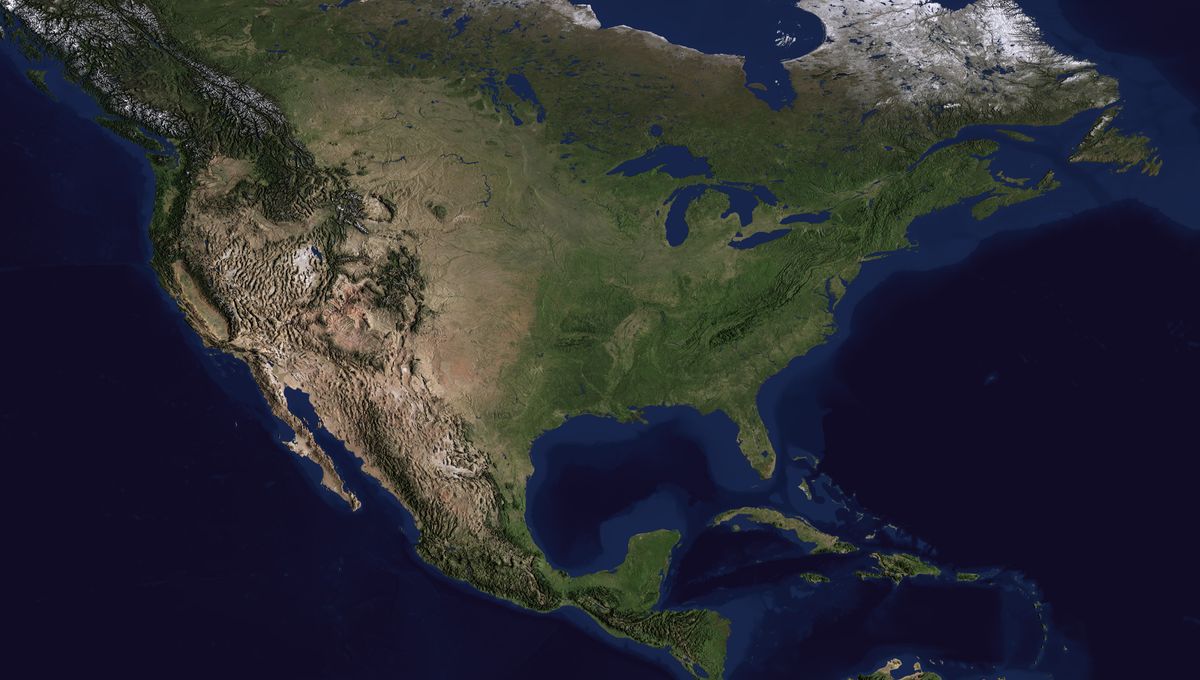
If the name Turtle Island sounds familiar to you, this may well be why – if you’re in North America right now, it just so happens to be the very place you’re standing on.
Turtle Island is the name used by some Indigenous peoples for the continent of North America (or the Earth as a whole) and, as the Urban Native Collective explains, is reflective of the view that the land we live upon is also alive.
“At the heart of Native American philosophy lies a profound respect for the natural world, embodied in the concept of Turtle Island,” they write. “This land, stretching across vast territories, is not merely a geographical entity; it is a living, breathing relative.”
With that in mind, where did the name come from?
The creation of Turtle Island
The origin of the name Turtle Island lies in multiple Indigenous creation stories, in which a turtle plays a central role in the formation of the continent. One such story comes from the Haudenosaunee and begins with the Earth in deep water and darkness.
At this time, only water-dwelling creatures lived here – the beaver, muskrat, duck, and loon. One day, they saw a bright light falling towards them; this was the daughter of the Great Spirit, also known as the Creator, who’d dropped her down a pit he’d made after pulling up an apple tree in the upper realm in which they lived.
Fearing this light, the animals dove underneath the water, but after returning to the surface became concerned that the Great Spirit’s daughter – who would then be known as Sky Woman – would have no place to land.
The animals decided to go back underneath the water in search of earth for the Sky Woman to land upon. While the beaver and loon were unsuccessful and died, the muskrat, though still losing its life to the journey, floated up with soil in it claws.
The remaining animals then placed this soil on the back of a turtle, which began to grow – and just kept going. So too did the soil on its back, and eventually, this formed Turtle Island, or what would become North America.
This is just one example, however – while turtles are at the heart of many Indigenous North American creation stories, there can be variations between them.
Mythologies speaking of turtles supporting the Earth can be found outside of North America too; in Hindu mythology, the Earth is held up by four elephants, but the elephants themselves are stood upon the back of a turtle, a reincarnation of the deity Vishnu.
Good job, turtles.
Source Link: Why Is North America Sometimes Called Turtle Island?